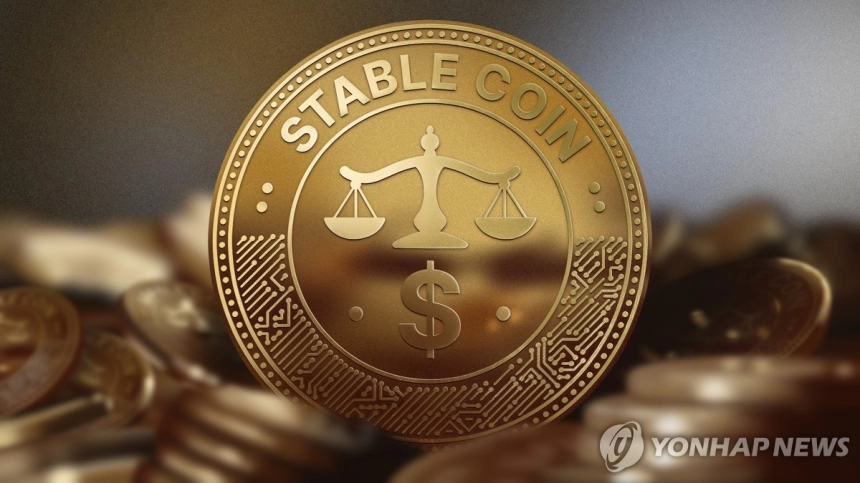
The stablecoin market has surpassed $250 billion and is attracting attention as a new payment and fund transfer method. Morgan Stanley recently reported that "the spread of stablecoins can be both a threat and an opportunity for payment networks," evaluating that the market is entering a mature stage along with regulatory movements.
Stablecoins are cryptocurrencies pegged to high-liquidity assets like the US dollar, with minimal price fluctuations. Their role as an alternative payment network is growing in areas such as fast and convenient global remittances, immediate settlement for business-to-business payments, gaming, and online shopping.
The United States and Europe have begun establishing issuance, usage, accounting, and supervision standards. Particularly in the US, the 'GENIUS Act' passed by the Senate in June is awaiting review in the House of Representatives. The bill requires full backing at a 1:1 ratio with US dollars or high-liquidity assets at the time of issuance, demanding reserve requirements stricter than money market funds (MMF).
The report described stablecoins as "similar to digital deposit accounts that do not pay interest". While there are no account opening fees and low transaction costs, a potential drawback is that as interest rates rise, the lack of interest on deposits could increase relative cost burdens.
The impact on payment networks is also noteworthy. While this could be a threat to existing businesses like credit card companies, many payment companies are already building stablecoin infrastructure and seeing it as an opportunity. Some large retailers are preparing to issue their own stablecoins in the form of digital prepaid cards.
There is also an impact on the government bond market. As issuers prefer short-term US Treasury bills (T-Bills) for reserve management, the US Treasury can increase the flexibility of bond issuance. However, the impact on the foreign exchange (FX) market is limited, as the daily trading volume of stablecoins (about $100 billion) is still minimal compared to the global foreign exchange market ($7.5 trillion).
Morgan Stanley stated, "If the high growth of stablecoins continues, they will likely become part of the payment ecosystem in the long term," and predicted that "regulation and innovation are working together to create new ways of fund movement."







